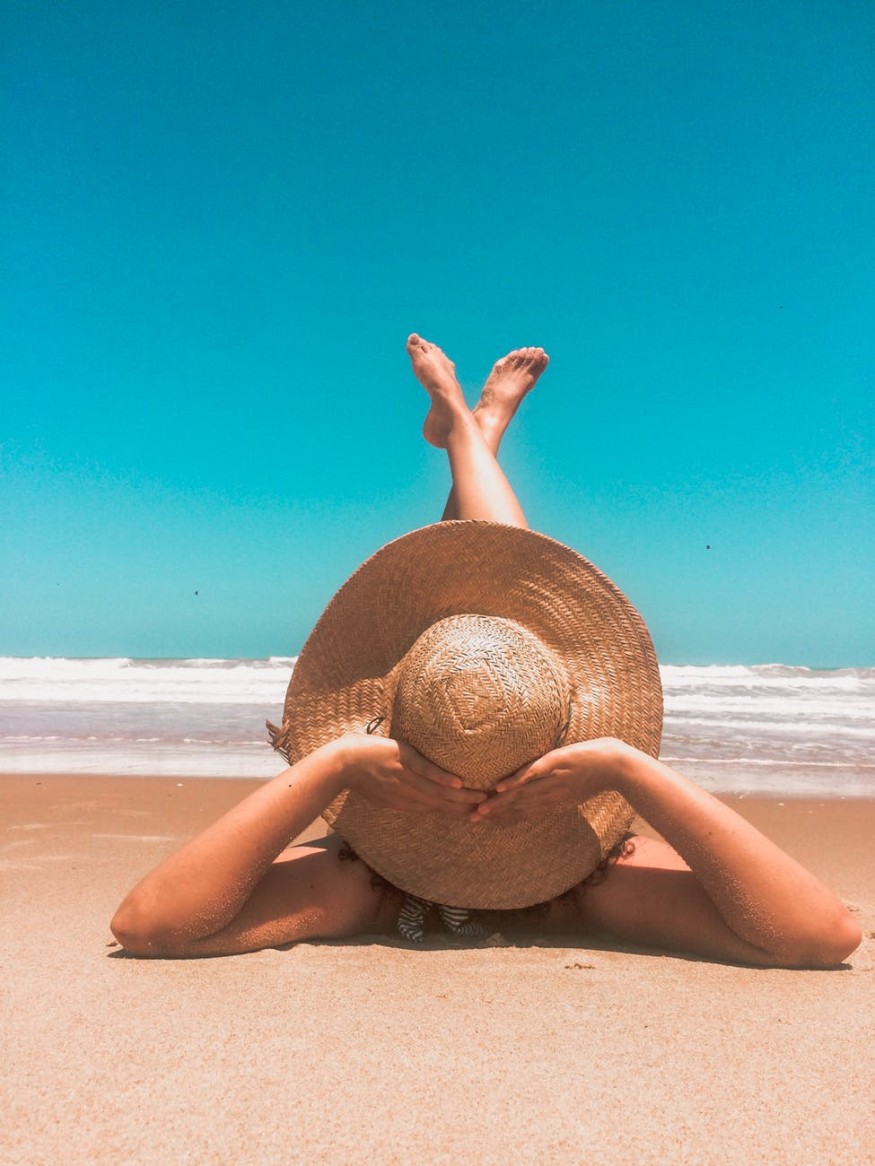
Most -- if not all - beachgoers need sunscreen. After all, who's going to protect them from that oh-so-hot sun?
However, unknown to many, sunscreens maybe okay for us, but not for the ocean. In fact, it has been found to pollute our oceans and kill coral reef and marine life.
Hawaii has already made a move to ban certain sunscreen products. Now, it's time for all beachgoers to ditch the harmful sunscreens as well.
How much is enough?
Apparently, studies show that many are not using sunscreen enough. This prompted beachgoers to increase their use of sunscreen shooting for higher SPF.
However, new reports show that apparently, higher is not always better.
Some beauty products may even amplify the dangers of sun exposure. Medical experts now warn us about the risk of putting on too much sunscreen with really high SPF.
Dr. Craig A. Downs, a forensic exo-toxicologist, explains that sunscreen with SPF 30 should be substantial when applied at least 80 to 90 minutes before going into the water.
Why the ruckus?
Different types of chemicals found in personal care products, including sunscreen, get washed off from the skin into the oceans. In 2015, an estimated 14,000 tons of sunscreen were found in coral reefs that resulted in massive damage.
Downs emphasized on preservatives in sunscreens, like parabens that are toxic to marine life.
Further, UV-filtering ingredients in sunscreen such as oxtinoxate and oxybenzone have been found promoting coral bleaching, which is irreversible. As the corals absorb those toxic chemicals, seawater warms up and allows viruses to multiply in the oceans.
How to minimize the use of sunscreen
The National Geographic cites ways to stay protected under the heat of the sun without using too much sunscreen. These include wearing sun-protective clothes with a UPF rating, seeking shade, and avoiding sunscreen sprays that can fall to the sand and be washed into the ocean.
Downs shares how UPF clothing can substantially minimize the amount of sunscreen you need to apply on your body. With this type of clothing, beachgoers need only to apply sunscreen on their neck, face, behind the ears and the back of hands.
What to look for when buying sunscreen
Sun protection becomes more essential as we age, but we need to protect our environment, too. As such, be wary of sunscreen products with octinoxate and oxybenzone listed in the ingredients.
Opt for mineral-based sunscreen with titanium dioxide and zinc oxide instead of toxic UV filters. As of this writing, these two minerals are not linked to bleaching of corals.
Among the mineral-based sunscreen products in today's market, be extra vigilant and search for non-nano ingredients. This means the ingredient particles are large enough so corals cannot ingest them.
Don't forget to look for the reef-safe label!
Coral-safe Sunscreen -- Top Picks
To prevent further damage to our marine ecosystem, opt for sunscreen safe for coral reefs while offering adequate sun protection.
Celebrity parents like couple Kristen Bell and Daz Shepherd make sure that their children Lincoln, 6, and Delta, 4, are protected from the sun's harmful rays without damaging the corals. They have a skincare line of vegan and cruelty-free products.
Their Hello Bello Sunscreen lotion is reef-safe and water-resistant as well. It offers protection against UVB, UVA1 and UVA 2. Plus, it is available for an affordable price at Walmart.
The EWG rates ThinkSport SPF 50 Sunscreen with a perfect score, as it has no known biologically toxic chemicals and is water-resistant up to 80 minutes.
Finally, All Good SPF 30 Sport Sunscreen Lotion offers substantial sun protection, is lightweight, has non-nano particles, and is zinc oxide-based.
